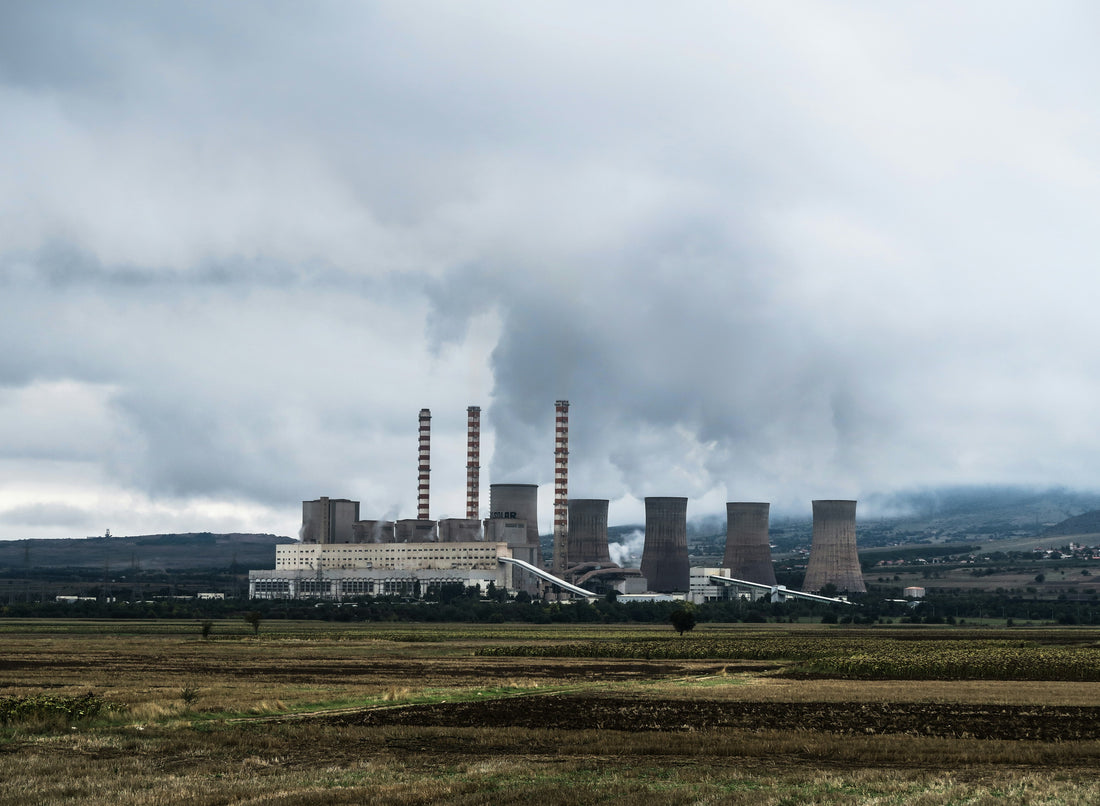
#2 Greenhouse gases
Share
#2 Eco-tips, greenhouse gases in fashion
Through this series of articles, we will offer you each week insight into the ecological impact of clothing production around the world. With LO NEEL, we are committed to the planet, our Mother Earth which welcomes and shelters us. We refuse to participate, directly or indirectly, in its pollution, degradation and destruction.
It seemed important to us to denounce abusive practices but also to propose lasting solutions on a daily basis. We hope this information will give you a better understanding of the underbelly of mass production in the fashion industry.
The LO NEEL team also supports you in raising individual ecological awareness, by offering each article in this series eco-tips to follow on a daily basis. By following them, this will allow you to behave and consume more healthily and ethically.
Here is eco-tip #2!

23 kilograms of greenhouse gases are generated for every kilogram of clothing produced.
Solution: adopt the slow fashion lifestyle by consuming less but better, clothes whose quality is guaranteed.
With LO NEEL, we design pieces of unique quality that you can keep for many years. If we can promise such a thing, it is above all thanks to the innovative materials we use. The labels that we have obtained certify the quality of our pieces. For example, we designed and produced several pieces from pineapple fiber which made it possible to create vegetable leather. Pineapple leather is, according to research, ten times stronger than animal leather. This is why buying our ALEK belt and our ANANAS and ANANAS SILVER jackets is an investment for the future. At LO NEEL, the future is not individual, it is universal and natural. It is not only a question of the future of human beings but of the future of all living beings, animals and plants. This is why it is important to be aware that consuming means acting, having an impact for good or bad on the planet.


Where do greenhouse gas emissions come from?
On a daily basis and especially when we live in the city, we are confronted with the emission of greenhouse gases. In the collective imagination, this emission is mainly due to road and air transport. To remedy this, let's reduce our use of this transport, favoring public transport and electric vehicles.
However, transportation is not the main cause of these greenhouse gas emissions. In fact, digital pollution produces more greenhouse gases than transport on a daily basis. This is due to the reactors that digital companies use to store all the data produced by users. Each time the internet is used, these reactors are called upon and run at full speed, which produces CO 2 .
Some key figures
Information and communication technologies consume 10% of the world's electricity. They contribute to 2% of European greenhouse gas emissions [1] . The IT sector is responsible for 4% of global greenhouse gas emissions and the sharp increase in usage suggests a doubling of the carbon footprint by 2025. Streaming videos represent 60% of data flows on the internet and global consumption of streaming films emits 300,000 million tonnes of CO 2 each year. [2]
In today's society, we cannot not use the internet. However, we can use it while being aware of all the pollution it emits. The LO NEEL team offers you two eco-tips to practice every day. First, unplug your livebox every night, because when you sleep, it will continue to produce a large amount of electricity unnecessarily. Second, replace Google with the Ecosia search engine. It is a search engine that counts your searches and protects your data. After 45 searches, you will have generated enough money to plant a tree. So from home, you participate in reforesting areas of the world in need. Here is the link to their website, where you can learn a lot more.
